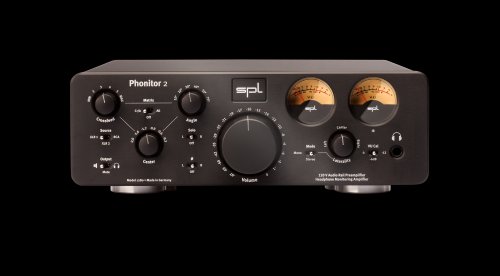You're going to think I'm picking on you...but really not.
There are issues with mono from more than one speaker. Legacy mono material was mixed on a single speaker, usually in front of the mix position. Playing that material on more than one speaker, none of which are located directly in front of the listener, changes the mix perspective and no longer represents the original well at all. Additionally, identical signals from multiple speakers set up zillions of small frequency dependent nulls around the room in what's known as a Rayleigh distribution, so the entire spectral and spatial representation of the signal becomes highly position dependent. Signals arriving at each ear are no longer identical, and no longer comprised of a direct arrival of a single transducer. That corrupts "mono", though it's certainly not stereo either. Remember, one of two-channel stereo's biggest failings is the inability to create a hard "phantom center" for any listener not located along a center line perpendicular to the speakers in a acoustically symmetrical room, and even then, both ears hearing both speakers undermines the phantom center image.
Some express a preference for two-speaker (or more!) mono, citing a more satisfying room-filling perspective. And that can be true, but it's also a "false" perspective, so I guess take your pick as long as you know what you're getting.
I agree with Bigshot, mono on one speaker is the way to go. Fortunately for film fans, old films with Academy mono soundtracks played via Dolby ProLogic (settings other than "Music" mode), play from the center channel. So, if your AVR defaults to PLII, problem solved.
And (this one's for you, Bigshot), mono acoustic recordings on a mono acoustic gramophone are often shockingly good. There's a complimentary characteristic of the recording horn and reproducing horn that really shouldn't work, but somehow does.




